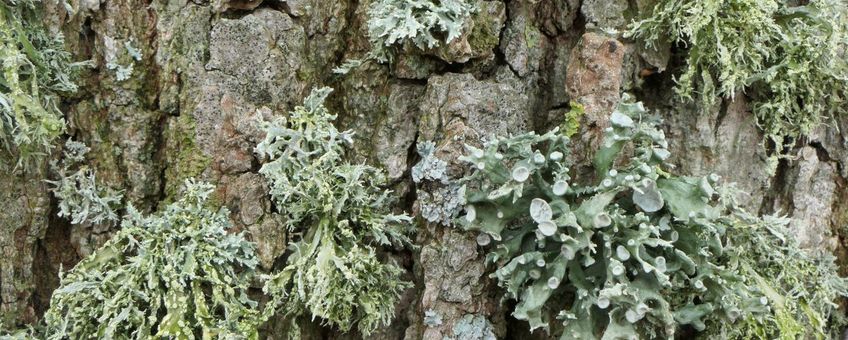
Heat differences impact bacterial community in urban soil and lichens
Naturalis Biodiversity CenterA new ongoing project called 'Hidden Biodiversity' at Naturalis Biodiversity Center and Leiden University of Applied Sciences is investigating the hidden biodiversity in urban areas. In this project, some of the researchers are studying the impact of heat stress on 'hidden' organisms of the city, such as bacteria living in the soil and lichens.
Microbiome diversity
One of the researchers is Panji Cahya Mawarda of Naturalis: "We have seen that urbanization changes environmental conditions, mainly by inducing heat gradients where the city center is much warmer than the suburbs. We want to see how this gradient affects microbiome diversity in urban areas, as they are less studied compared to urban plants and animals. This is very relevant in the era of climate change and global warming."
Heat spots
Mawarda and his team did the study by collecting a large number of samples of soil and lichen from three areas in the city of Leiden. Each with its own temperature zone, representing the urban heat levels of the city. The team compared the bacterial communities of urban soils and three species of urban lichens across these different heat spots. What turned out? The urban heat had a different effect on the bacterial communities in the soil than on the lichens.
"This is surprising to us. In urban soils, bacterial community composition differs between cooler suburbs and warmer city centers. In lichens, however, increased urban heat does not change the bacterial communities within each lichen species. Instead, increasing urban heat makes the composition of bacterial communities between different lichen species, more distinct from one another. This is because the composition of shared and unique bacterial communities between each lichen species keeps changing as urban heat increases", Mawarda explains.
Strong drivers
The urban heat gradient therefore influences the composition and diversity of bacterial communities in urban soils more than in urban lichens. "At the same time, we discovered that the composition of lichen bacteria largely depends on the type of lichen, and not so much on the heat", says Mawarda. Thus, lichen identity and genotype are strong drivers of bacterial community composition. "This might be due to lichens’ ability to determine the metabolism and mode of life for bacterial colonization. Nevertheless, increased urban heat has a strong influence on diversifying bacterial community composition across these urban lichen species."

Ecosystem functions
Mawarda emphasizes that this finding offers opportunities for future research: "We want to find out how the compositions of these bacterial communities are assembled and what different functions they have." He adds, "I think it is very important to know not only who are there, but also what they are doing, especially with respect to ecosystem functions and services in urban environments."
That is why we are now conducting metagenomic analyses, together with researchers Arjen Speksnijder of Leiden University of Applied Sciences and Michael Stech of Naturalis. Through this approach, we are investigating what kind of function we find in these bacterial communities. Hopefully, we will find out many genes being involved in urban pollutant degradation, facilitating nutrient cycling and carbon storage, and any other genes that show the contribution of these 'hidden' organisms to the ecology of city life."
More information:
- More about Hidden Biodiversity.
- More on Panji and his projects.
Text: Naturalis Biodiversity Center
Photo: Henk-Jan van der Kolk (lead); Jan Ype de Vries
